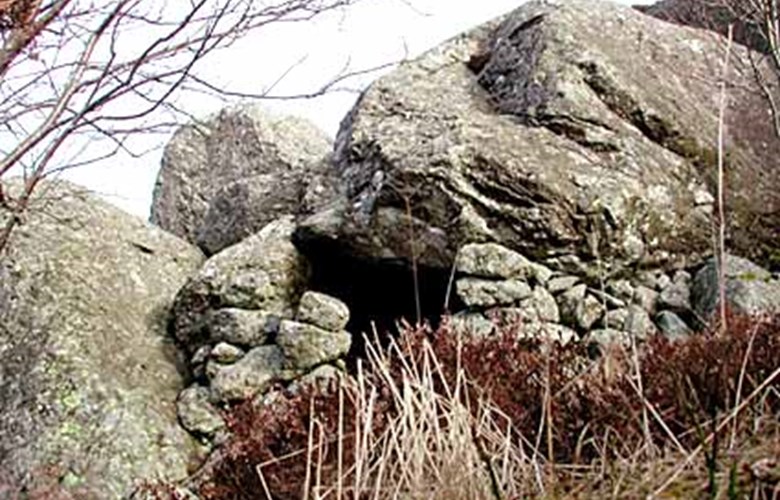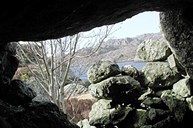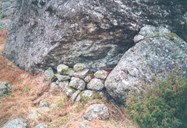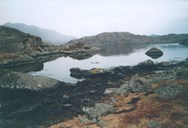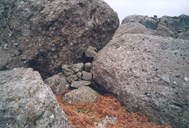Place names tell of hunting
In Solund there are several relics of seal hunting, and at the farm of Steinsundgarden alone, three hunting places are named today: Kobbesteinsvika (Norwegian "kobbe" means seal, "stein" means stone, and "vik" means bay), and ytre and indre Selvika (Norwegian "sel" means seal).
A seal-hunting place was a stone fence so high that a grown man with a gun could lie behind it and watch the seal until it came within shooting range.
Near the food chamber of the seal
Good eyes are needed when looking for seal hunting fences or other hiding places. Several generations have passed since they were used. Secondly, they are partly dismantled, so that domestic animals would not get stuck there. In winter they could turn out to be a nasty trap for the sheep that spent the winter out in the snow.
The bays in question offered good opportunities to catch summer herring and mackerel with seines or nets, and the sea trout also entered these bays regularly. So the bays were a food chamber and probably also a breeding place for the seal. The hunter could leave his rowboat nearby ready for use if he was in luck.
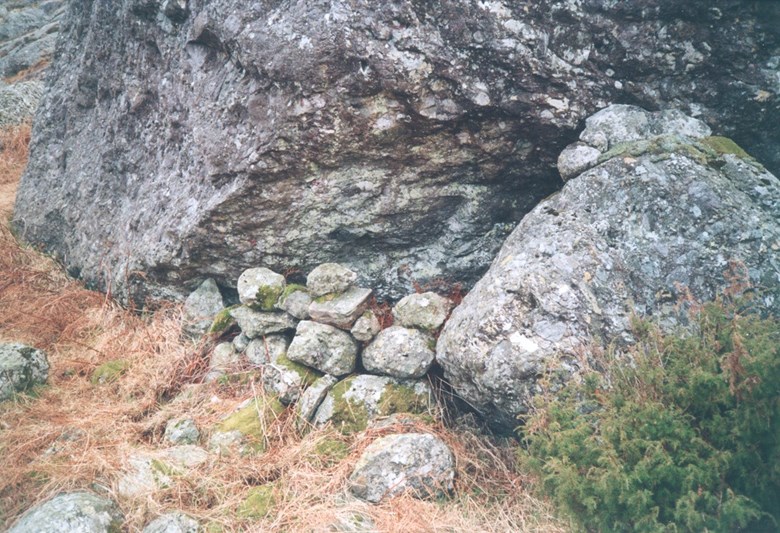
Bays were chosen according to the wind
In several of the bays, the hunter could operate from both sides, depending on the weather and the wind. He probably preferred to be on the lookout behind big rocks or stone fences, which some bays allowed him to. However, in the small hiding places, there was so little room that it must have been quite an effort just to hold out. The hunter could barely move his gun, let alone stretch his legs.
The bays were far from people, and the seals felt safe. Only someone looking for herring, or putting out his nets, would stir the calm. If a small herring catch was made, the seal was more interested than scared.
Older than the rifle?
In our oldest law books, there are already rules for the protection of seal hunting, and this tells us that the hunting places were considered an asset of the property, a part of the barter economy. Even if seal hunting in the bays of Solund is a very old activity, the hiding places were made mainly for hunters using a rifle. The ranges seem too long for the old hunting method with a harpoon. Nevertheless, a harpoon could do the job where the seal was on land. A very old method is to set seal nets from a boat, and, consequently, stone hiding places on shore were not needed, of course. But for a hunter using a gun they were required.
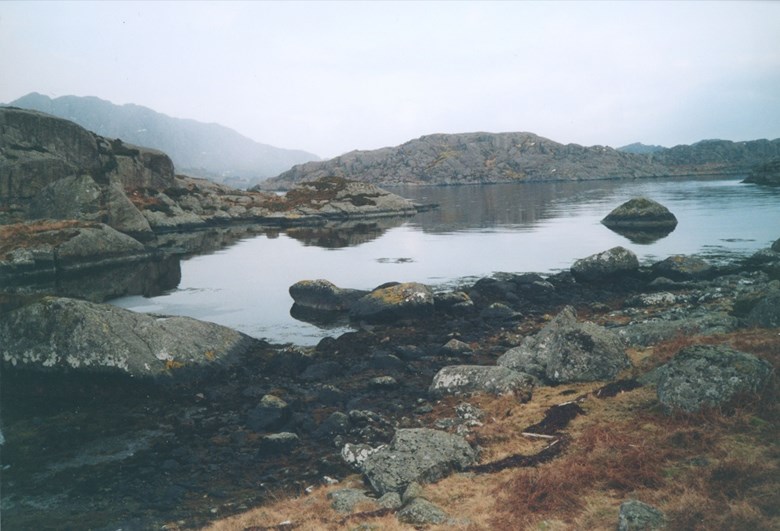
Impregnating houses and boats
To what extent the seal has been regarded as valuable supplementary nourishment, little is known. The meat was used, but it was not highly appreciated. But they brush-painted house walls as well as boats with liver oil and fat from the seal blubber. Leather became watertight and smooth, and the logs slippery after a coating from the blubber fat barrel. In "årestover" (cottages without a chimney), lamps were burning seal blubber fat. The sealskin could be used in several ways, mainly for clothing.
In times close to our days, the seal hunting was probably more of an exciting diversion from the often-monotonous farm work. Changes in taste made even the hunter refrain from appreciating the meat.

